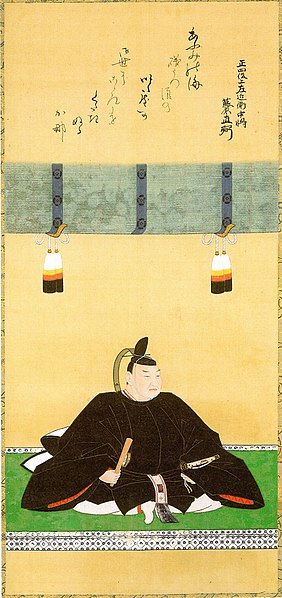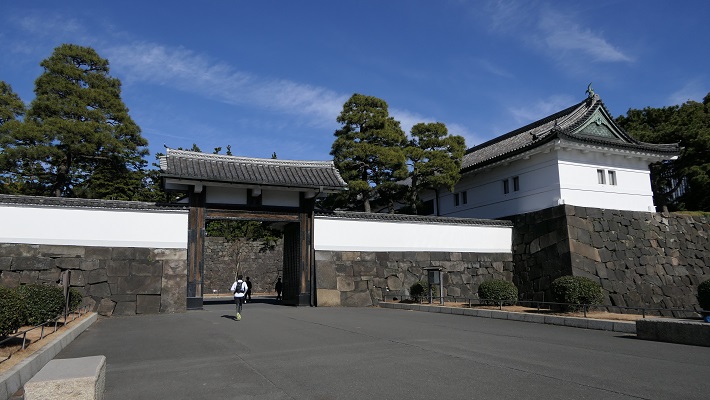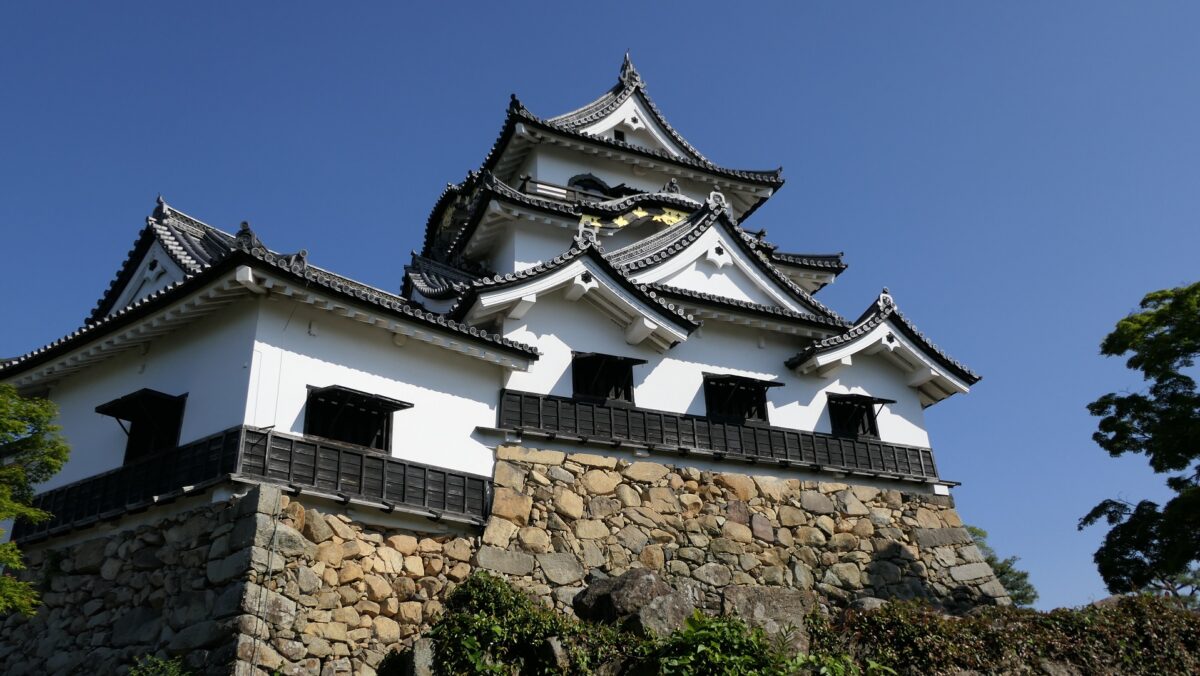Location and History
Shogunate sent Ii Clan to Important Military Base
Hikone Castle is located near Biwa Lake in Shiga Prefecture and considered as one of the most popular historical sites in Japan. It has its Main Tower which is one of the twelve remaining and the five national-treasure Main Towers in Japan. It also has five castle buildings which are designated as Important Cultural Properties. The main portion of the castle also remains in a good condition with the buildings above, stone walls, and other structures. Because of it, the castle site has been designated as a National Special Historic Site since 1956.
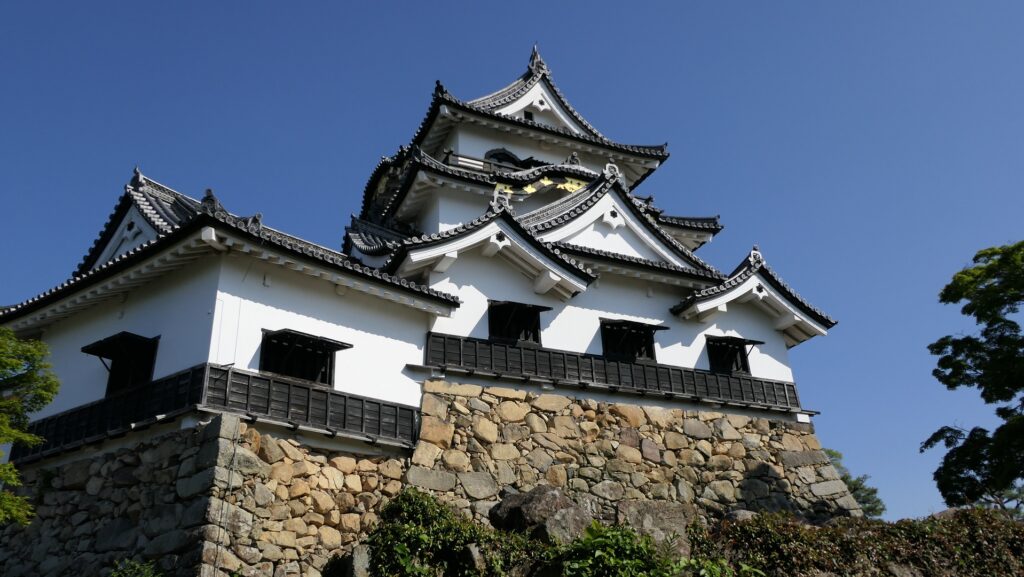

After the Battle of Sekigahara between Ieyasu Tokugawa and Mitsunari Ishida in 1600, Ieyasu got the power as the ruler of Japan. Ieyasu promoted his senior vassal, Naomasa Ii to the lord of the territory beside Biwa Lake, which Mitsuanri had owned. Naomasa first lived a mountain castle called Sawayama Castle Mitsunari lived. However, Naomasa thought it was not enough because he needed a stronger and more convenient castle. The Toyotomi Clan was still at Osaka Castle and there were many lords in western Japan, who thought their master was Toyotomi, not Tokugawa. They might have gotten together and attacked the Tokugawa Shogunate which Ieyasu established in eastern Japan. Naomasa’s territory was located in the area which could avoid the attack to eastern Japan.
The location of the castle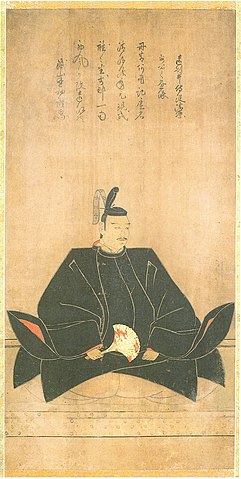
Castle is built as Construction Order by Shogunate
After Naomasa died in 1602, his young son, Naotsugu conducted the new castle’s location with Ieyasu. They finally decided to build it on a low mountain at 50m high near Biwa Lake, which would be called Hikone Castle. The castle was built as a construction order by the shogunate with help of over 10 other lords. In order to hurry to complete the construction, they used waste materials from other abandoned castles like Sawayama Castle. However, the construction continued long since 1603, as the scale of castle was huge.

The Main Tower, Main Hall and other turrets were built together, surrounded by stone walls, on the ridge of mountain to make it easy to protect. Deep ditches were dug around both edges of the ridge to avoid enemies’ invasions to the center of the castle. Moreover, five long-line stone walls were built along the slopes of the mountain to prevent the enemies from moving smoothly.
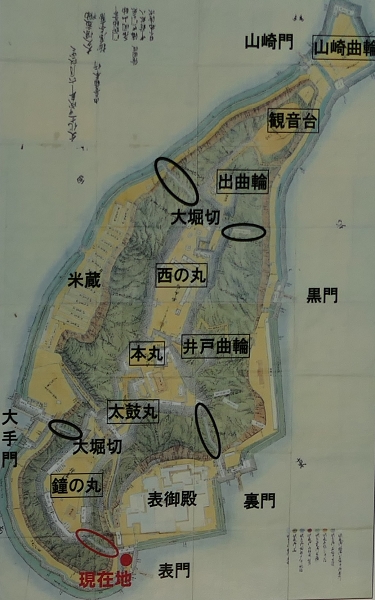
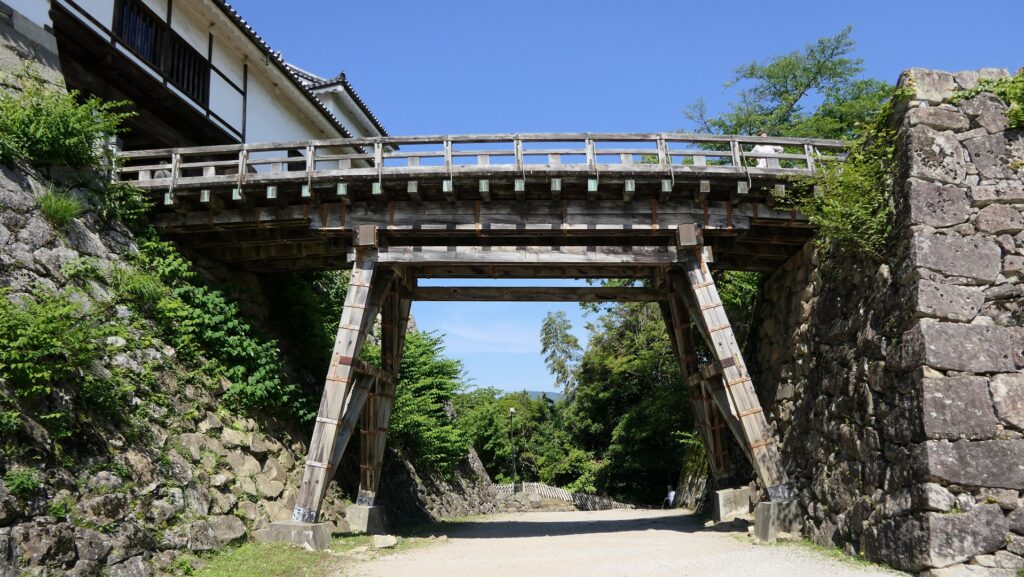
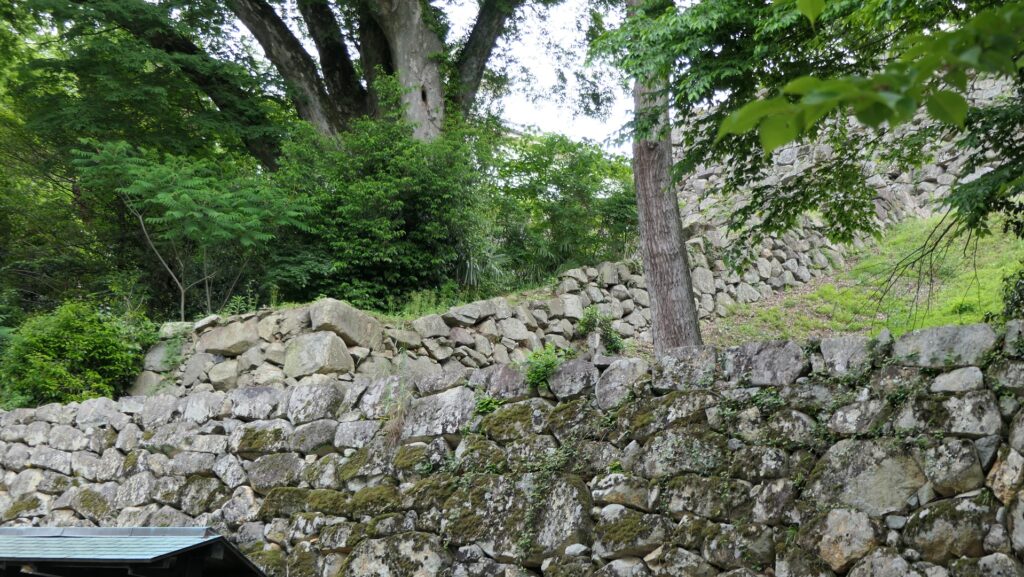
The mountain was surrounded by tripled water moats and the Main Gate was built behind them. The gate was open to the southwest direction towards Osaka Castle where the Toyotomi Clan lived. Seri-kawa River flowed out of the moats in this direction, so it could have been the forth moat.
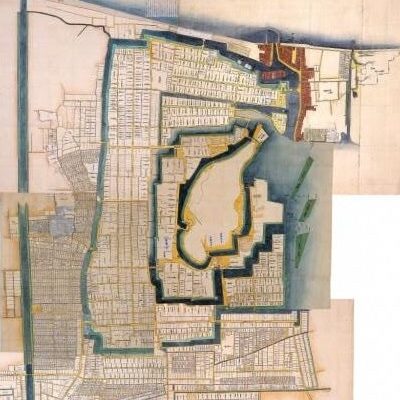
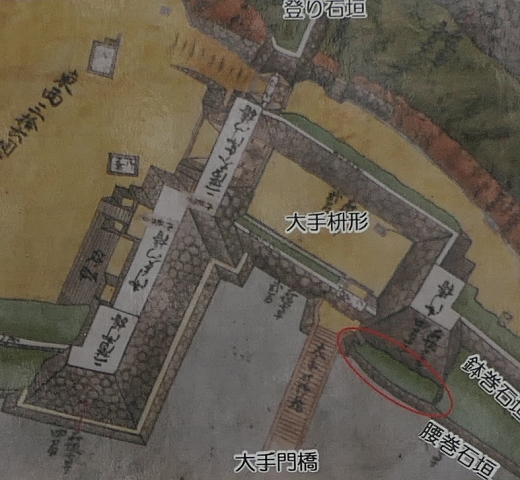

It becomes Castle for Peaceful Time
The castle was completed in 1622, about twenty years after its launch. However, the situation dramatically changed in 1615 during the construction. The Tokugawa Shogunate defeated the Toyotomi Clan in that year. After that, the construction was done only by the Hikone Domain building houses for living and government. As a result, the new Main Hall for the lord was built at the foot of the mountain on the opposite side of the Main Gate. The gate to the hall was called the Front Gate just like a new Main Gate. The castle town was also developed around the castle. They were either connected to Biwa Lake through waterways or ponds for water transportation.


Fortunately, no battles happened at Hikone Castle throughout the peaceful Edo Period. The lord of the castle, Ii Clan also played an important role in the central government as the head of hereditary feudal lords. Out of ten, five heads of the shogun’s council of elders came from the Ii Clan and it happened once in 265 years during that period. The most famous one is definitely Naosuke Ii at the end of the Edo Period. He decided to open more doors to foreign countries by signing the Treaty of Amity and Commerce between the US and Japan in 1858. However, he was unfortunately assassinated by the opposite Ronin outside the Sakurada-mon Gate of Edo Castle in 1860. This incident decreased the power and authority of the Tokugawa Shogunate and would be a trigger of the Meiji Restoration.
